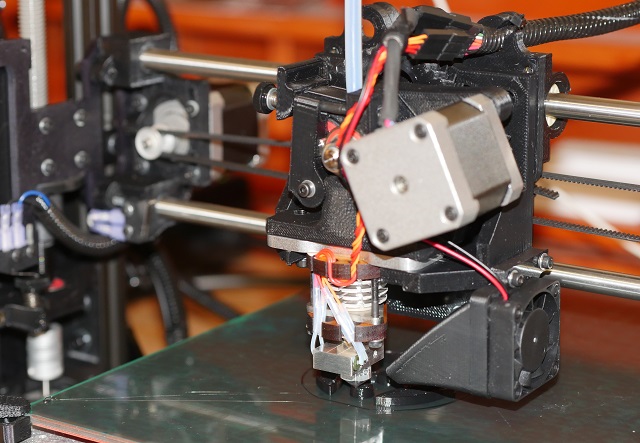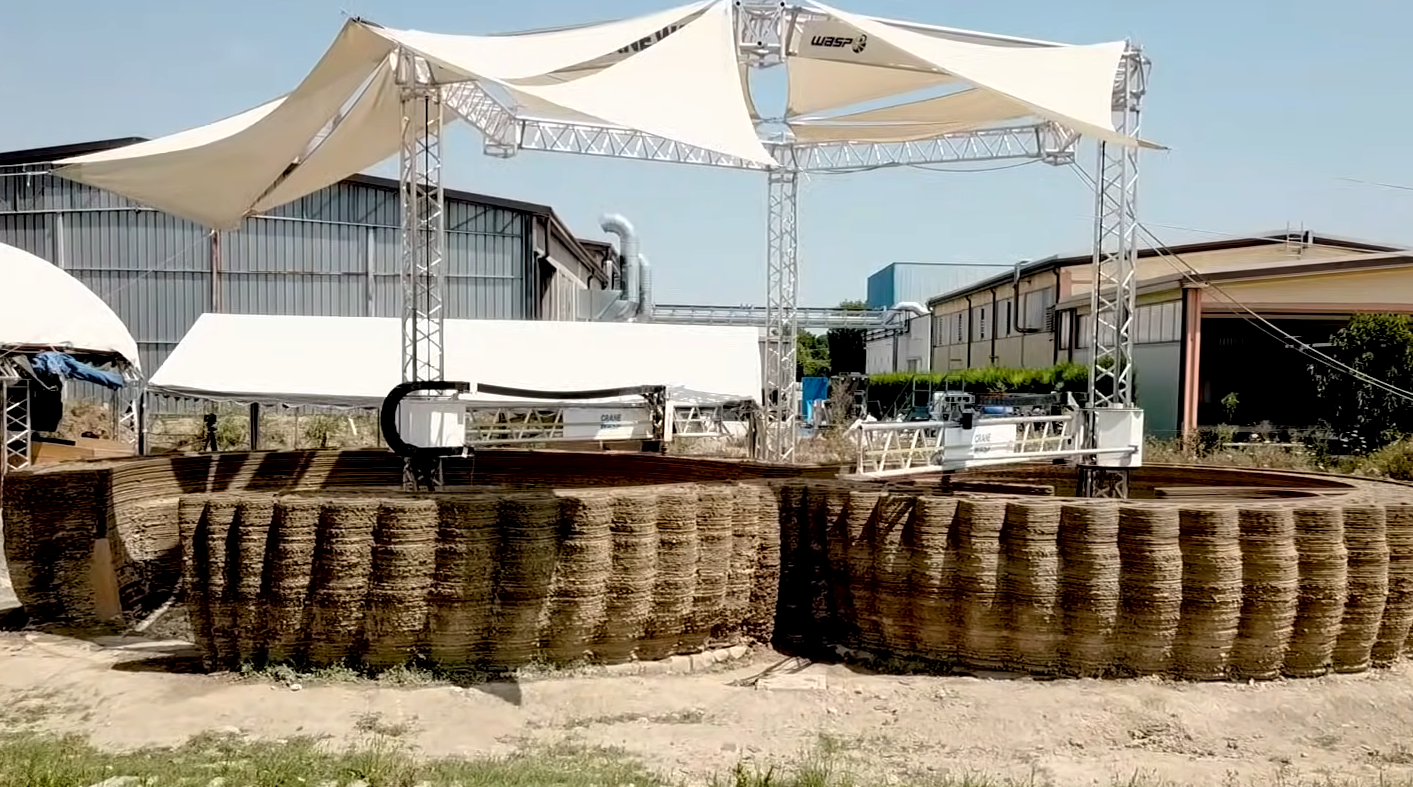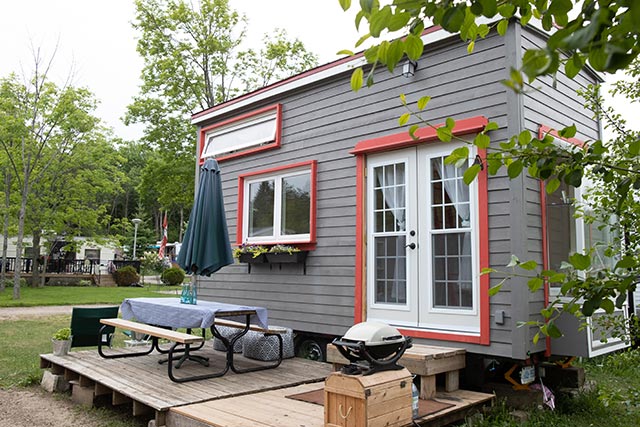
Zoubeir Lafhaj of the École Centrale de Lille (ECL) explained that 3D printing is one of the pillars of the current industrial revolution. He predicted that the manufacturing process will not only improve the efficiency and speed of construction, but will also reduce waste and remedy many other environmental challenges of the sector.
According to Lafhaj's analysis, the construction sector needs to move away from concrete. Instead, it should adopt building materials that require less energy to manufacture and result in lower amounts of pollution and waste.
One promising option is plastic made from biological ingredients. In addition to being more eco-friendly, bioplastics also weigh much less than concrete.
The lighter weight means it is much easier to import and transport bioplastic over any kind of distance. It can be hauled by smaller, cheaper-to-operate vehicles that can fit inside the more narrow streets of increasingly dense urban environments. (Related: This 3D-printing robot can build an entire home in 6 months for just $300,000.)
Amsterdam company is 3D printing buildings using bioplastics
There are already a number of 3D printed buildings in the Netherlands that are constructed with bioplastic. Amsterdam-based construction company Dus Architecture created the model buildings using additive manufacturing systems.
"We have entire 3D printed tiny houses, all kinds of staircases and walls standing here," explained the company's co-founder, Hedwig Heinsman. "It looks like a modern-day ruin."
Dus Architecture is also building a full-sized canal house with an area of 700 square meters. Once they complete it, the company will set up shop inside the bioplastic building.
All of the smaller prototypes are "research and design by doing" projects. They allow the builders to figure out what works and ditch what doesn't.
More 3D printed bioplastic buildings have also been set up outside Amsterdam. Back in 2015, Dus Architecture built a small-scale but fully furnished urban cabin out of black bioplastic. A year later, it manufactured a 3D facade for the building where the Netherlands presided over the EU for half a year.
Saving the environment by saving on construction material waste
Up to 25 percent of the building material in a typical construction project goes to waste. But 3D printing is much more precise when it comes to using resources.
Furthermore, any mistakes made with bioplastic can be rectified by shredding the material and reusing it for a do-over. A mistake made with concrete, on the other hand, is the closest thing to being cast in stone.
The formula used by Dus Architecture incorporated flaxseed oil. The 3D printer heated this bioplastic and used it to create layers of molten polymers that will cool into the customized shape.
The machine can print shapes that are up to five meters tall. These include columns, staircases, and walls. The assorted parts are then put together to form the final structure.
In addition to large parts and entire buildings, 3D printing can build very specific items. For example, metal molds are used to make resin joints for trusses in large construction and infrastructure projects. However, these molds cost a pretty penny and are always discarded after the project is finished.
Researchers are developing bioplastics that can withstand the massive temperatures used in the curing process for resin joints. These heat-resistant plastics will be 3D printed into molds that are cheaper, lighter, and reusable compared to their metal counterparts.
Sources include:
Please contact us for more information.






















